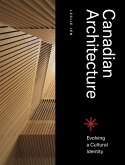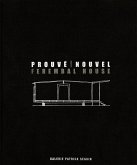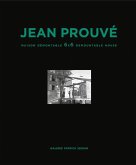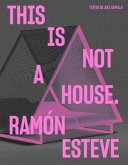One glimpse of the cascading steel beams mirrored in the reflecting pond and it's clear that the Hugo and Brigitte Eppich house is a singular achievement, a daring experiment that embodies Erickson's West Coast modernist ideas about site, material, and form. Erickson's first steel residence explores both the structural and aesthetic possibilities of the material, with curved beams, dyed cladding, and milled furnishings designed by Francisco Kripacz-features that would have been near-impossible on a regular commission. But after seeing the first Eppich House, built for Hugo's twin brother Helmut, Hugo entrusted Erickson with creating and furnishing the entire house, inside and out-another first for Erickson-and made available the Eppic brothers' steel fabricating plants, which built virtually every component of the home. Architecture expert Greg Bellerby weaves into his essay extensive interviews with Erickson, Eppich, and architect Nick Milkovich, as well as contributions from Cornelia Oberlander, the home's landscape designer, to tell the fascinating story of an uncommon vision, realized in steel and glass.
Hinweis: Dieser Artikel kann nur an eine deutsche Lieferadresse ausgeliefert werden.
Hinweis: Dieser Artikel kann nur an eine deutsche Lieferadresse ausgeliefert werden.








